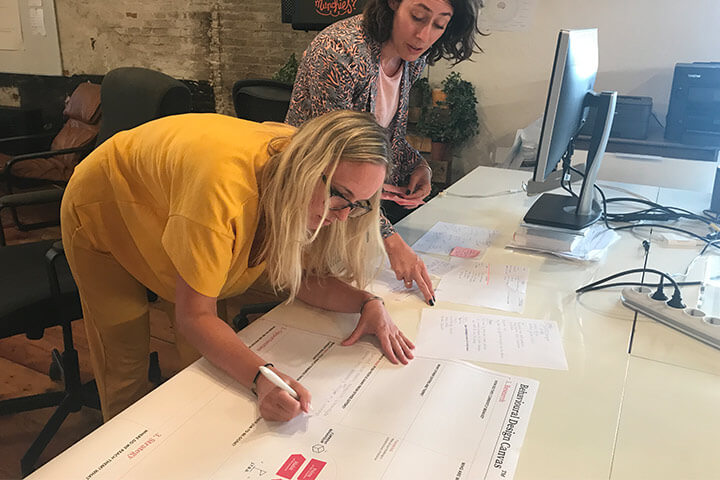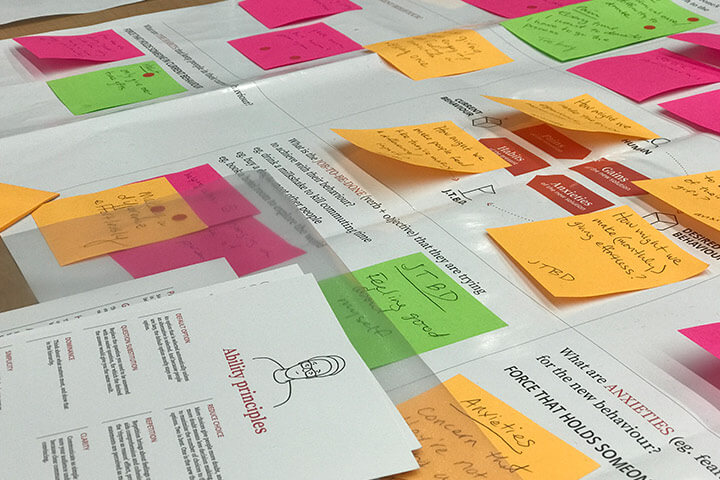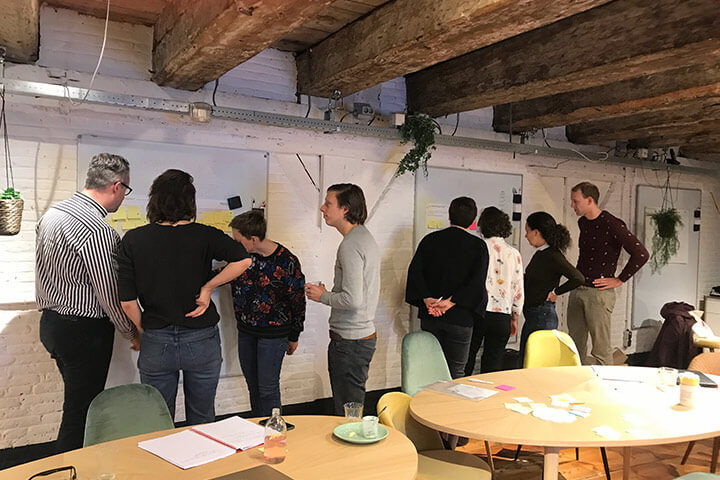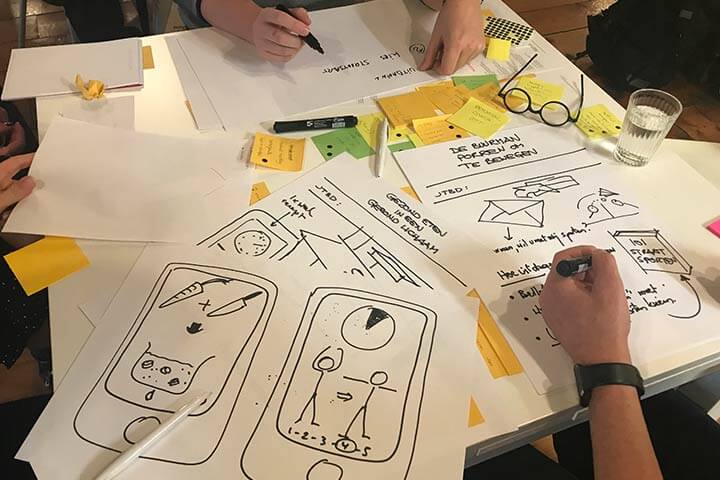Product, Service and Experience Designers often complain that they lack killer insights into their users. They often feel flooded with insights to the extent that they have no idea where to start. They complain that the insights often don’t inspire strategy and creativity.
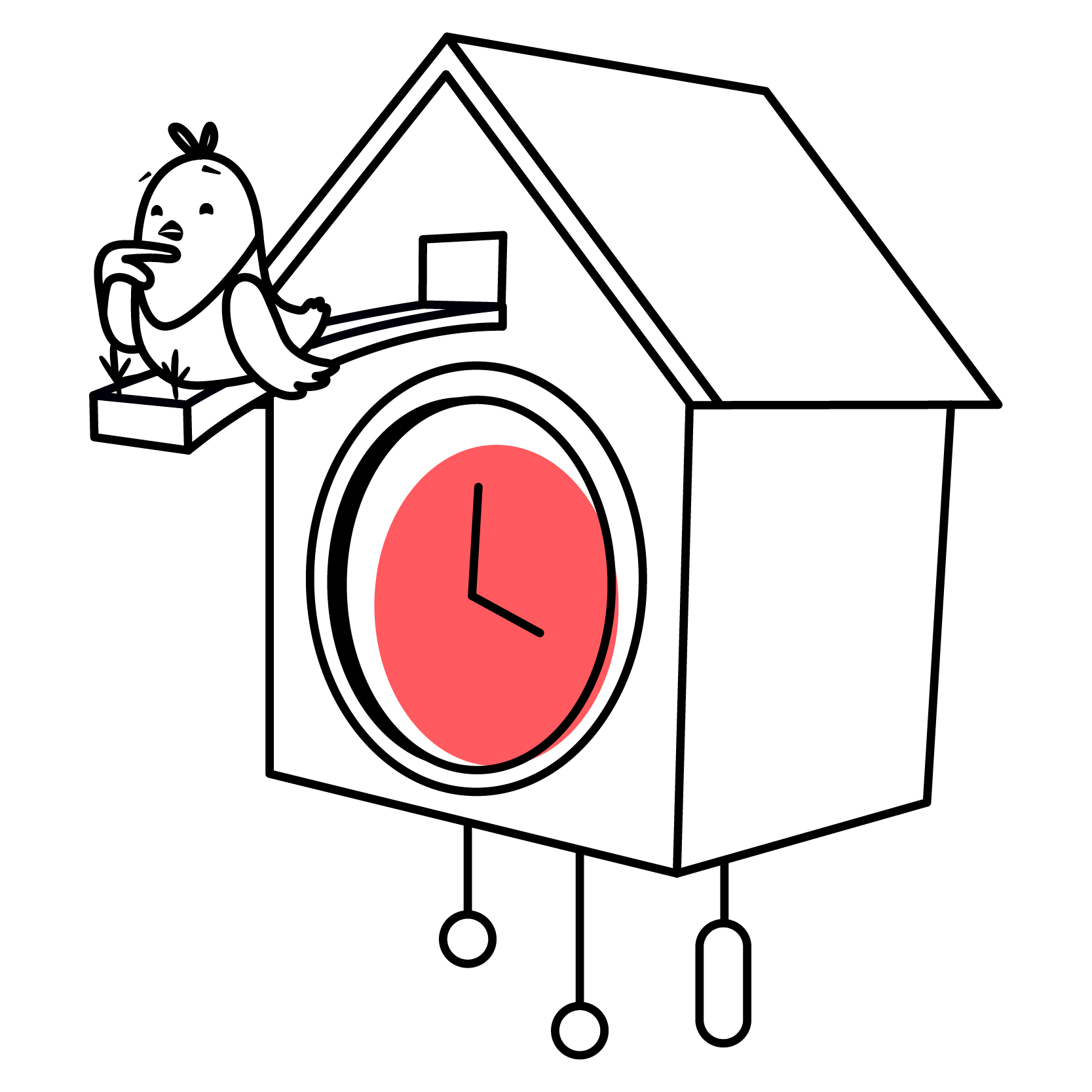
I regularly get the question about what really differentiates the Behavioural Design Method from other ways of gathering user insights. The Behavioural Design Method integrates user research, strategizing, creative exploration, and prototyping and testing in a single sprint process. We deliberately designed this process to solve some of the problems with traditional user research.
I think there are five problems with more traditional research approaches:
1. The quality and depth of the insights
The problem with traditional market research is that people have no idea what they want; they have a profoundly biased understanding of the drivers of their behaviour. Furthermore, their intentions are highly unpredictable. And yet, our surveys and focus groups rely heavily on what they tell us about themselves and what they think they will do in the future.
Behavioural Design experts take a radically different approach. Instead of asking them what people think or feel, we ask them to explore with us their past behaviour. Because past behaviour never lies. We ask them to share successful journeys and failed journeys. We often do in-depth interviews of more than 1,5 hours. During these interviews, we’re not looking for customer journeys but ‘human journeys’. In a human journey, we look for the struggles, obstacles, beliefs, prejudices, anxieties, hot triggers, habits, social pressure, seductions, and many other psychological forces that shape or sabotage the desired behaviour.
2. The switching cost between research, strategy, and design
The problem with separating research from strategy, and strategy from design, is that a great deal of value gets wasted in the handover between each stage. Every stage produces a summary, and the next team uses that summary as the new point of departure. After the insights turned into strategy and strategy turned into the design, the original insights into the users have often been watered down or were carefully selected to post-rationalize the creative idea that everyone loved.
The Behavioural Design Method is an integrated process for strategizing through prototyping. A single team of two Behavioural Design experts interview the users, analyze their behaviour, explore solutions, design and prototype interventions and test these interventions with the users. This highly structured process eliminates switching costs and puts deep human understanding at the heart of the design process.
Would you like to power up your team or project with behavioural intelligence?
Feel free to contact us. We are happy to tell you more about our consultancy or academy. Helping you innovate, transform or grow levering insights from behavioural science in practice.
3. The disconnect of the strategy and design team from the user
The most powerful benefit of running a Behavioural Design Sprint is that we bring the psychology of the user into the design process. We always insist that our clients attend at least two in-depth interviews and a full day of prototype testing. This active engagement allows them to experience the humans they designed for: What words do they use to describe their behaviours? What are their frustrations and problems? Which barriers stand in the way of success? Which prejudices do they have about themselves or the product, service or solution? How do they describe success? Etcetera. Going through this empathy phase is an enormous source of inspiration for the team, and it gives them a deep understanding of the psychological forces they need to take into account.
The key is to make them fall in love with the user’s problems. They need to appreciate their irrationality, their difficulty sticking to habits, and their deep desire for help or intelligent support to help them to overcome temptation and laziness. Teams with a deeply human understanding of their users find it much easier to design solutions to solve these problems or help them overcome these obstacles.
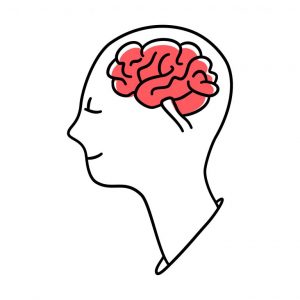 4. Expert biases, groupthink and cherry-picking the insights that match our beliefs
4. Expert biases, groupthink and cherry-picking the insights that match our beliefs
When user insights are summarized in a report or abstract user personas, experts often cherry-pick or bend the meaning of the insights to match their beliefs and prejudices. We tend to project our own beliefs, values and experiences onto the user, or we are overly confident that something that worked in one context will transfer to a new context.
Bringing the human into the design process and prototyping and testing our interventions eliminates expert bias. Prototyping and testing take experts out of their judgement mode by treating every idea as a hypothesis. This way of working generates a context of psychological safety for exploring fresh and unconventional ideas.
Would you like to leverage behavioural science to crack your thorny strategic challenges?
You can do this in our fast-paced and evidence-based Behavioural Design Sprint. We have created a brochure telling you all about the details of this approach. Such as the added value, the deliverables, the set up, and more. Should you have any further questions, please feel free to contact us. We are happy to help!
5. User personas that don’t inspire strategy and creativity
The power of the Behavioural Design Method is that we think of influence as a set of Behavioural forces. In between current and desired behaviours stand:
- Pains we can solve
- Gains we can generate
- Anxieties we need to take away
- Comforts we need to replace
- Jobs-to-be-Done we need to fulfill
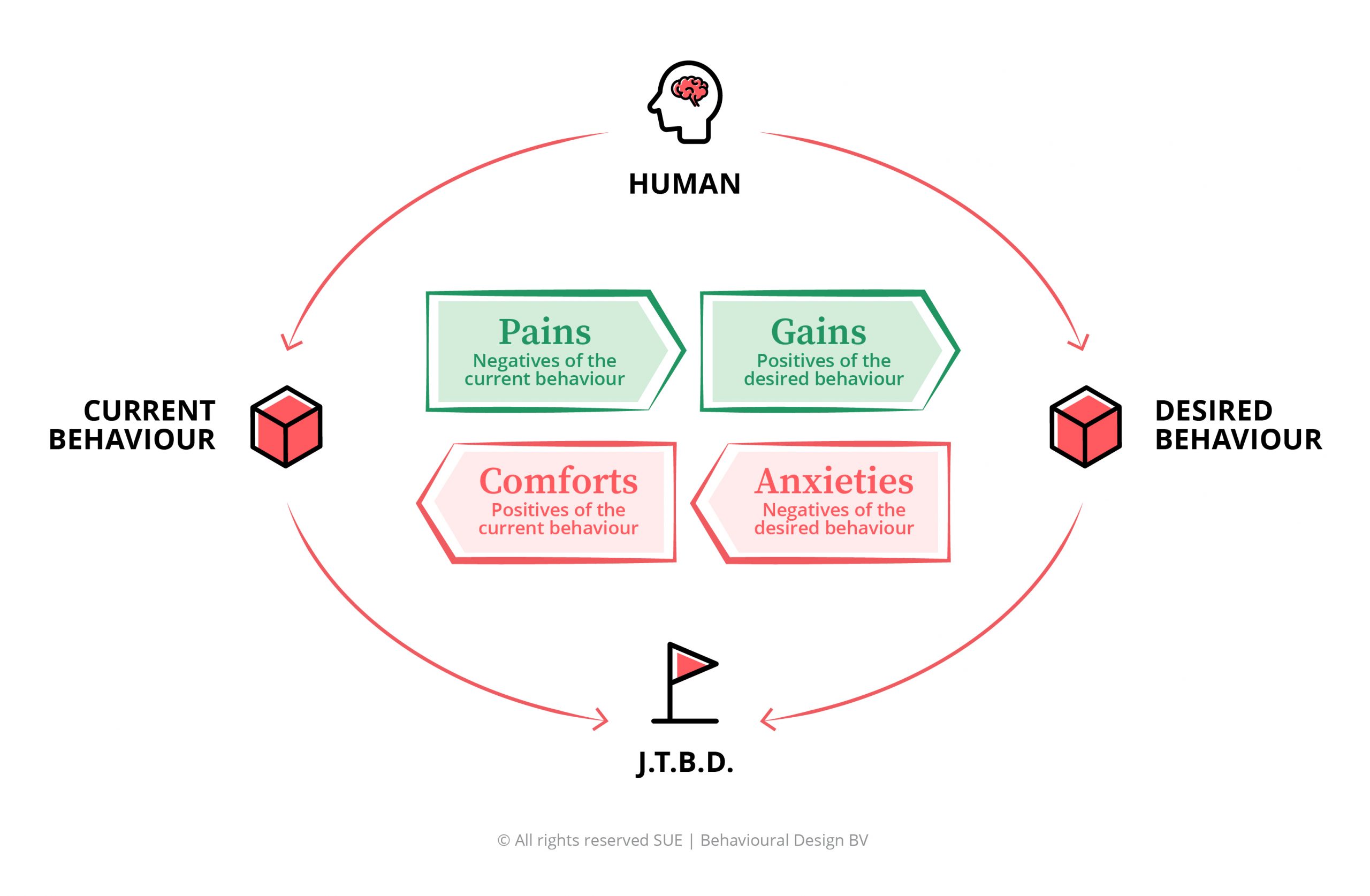
In conclusion
By plotting our understanding of the user onto the two-dimensional Influence Framework, you’ll get a much deeper understanding of the psychological forces that shape the users’ beliefs, perceptions, and behaviours.
This two-dimensional model generates a much clearer shared problem experience than traditional user personas. Personas tend to become simple narratives of people’s personalities deprived of deeper meaning. Personas become useless as a source of inspiration when everyone can project their own beliefs and preferences onto them.
How do you do. Our name is SUE.
Do you want to learn more?
Suppose you want to learn more about how influence works. In that case, you might want to consider joining our Behavioural Design Academy, our officially accredited educational institution that already trained 2500+ people from 45+ countries in applied Behavioural Design. Or book an in-company training or one-day workshop for your team. In our top-notch training, we teach the Behavioural Design Method© and the Influence Framework©. Two powerful tools to make behavioural change happen in practice.
You can also hire SUE to help you to bring an innovative perspective on your product, service, policy or marketing. In a Behavioural Design Sprint, we help you shape choice and desired behaviours using a mix of behavioural psychology and creativity.
You can download the Behavioural Design Fundamentals Course brochure, contact us here or subscribe to our Behavioural Design Digest. This is our weekly newsletter in which we deconstruct how influence works in work, life and society.
Or maybe, you’re just curious about SUE | Behavioural Design. Here’s where you can read our backstory.
